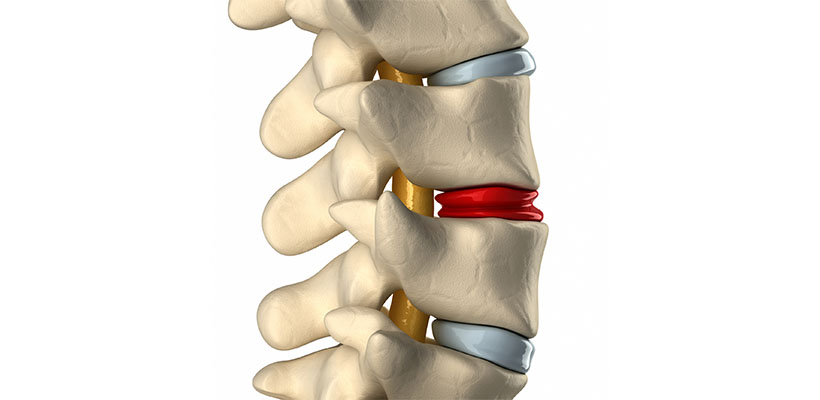Why we have a Spine
Humans are considered a vertebrate animal. In otherwords, we have a spine.
The spine serves as a scaffold by which the rest of the body attaches its ligaments, tendons and muscles, and in a coordinated fashion, allows purposeful movement. It is a marvel of engineering as it allows generation of precision maneuvers, powerful forces, and explosive speed, while preserving the structures of the body.
The spine houses the extension of the brain, the spinal cord, and the individual nerves that communicate directly with the muscles, ligaments, and organs of the body. In addition, the nerves provide the feedback of sensation, motion, pain, heat, etc. that allows coordination of motion, and protection against harm. The hard bone encasing the spinal cord, and the nerves, providing protection.
At the same time, motion is necessary to allow movement, and the spine is segmented into multiple bones (vertebra) connected by a ligament structure (disc) with exit holes for the individual nerves (vertebral foramen). Two vertebral connected to each other with the disc, facet joints and other ligaments form the so called Functional Spine Unit (FSU). Integrity of the FSU allows coordinated movement, while providing protection to the nerves and spinal cord.
The disc is essential to the FSU, as it acts as a spacer, providing the space for the nerves to exit the spinal unit. It also acts as a strong ligament, making sure the vertebral maintain appropriate orientation to each other. The disc is shock absorber, allowing compression onto the vertebrae, without causing fracture of the bones as they transmit forces onto each other.
Without a spine, creatures cannot develop a means to develop extremities that can support functions against gravity. Because of this limitation, land invertebrate animals can only develop to a small size. In the oceans, there are larger invertebrate animals.
Unfortunately, while the FSU is an elegant design, the natural process of wear and tear takes its toll. The discs lose its water content, and the ligaments experience micro stretches. The cartilage lining the facets joints wear, and the bones spur. That is why all animals begin to experience pain, and stiffness.
Humans are no different. We just can express these complaints better than most animals.
Last modified: January 5, 2018










